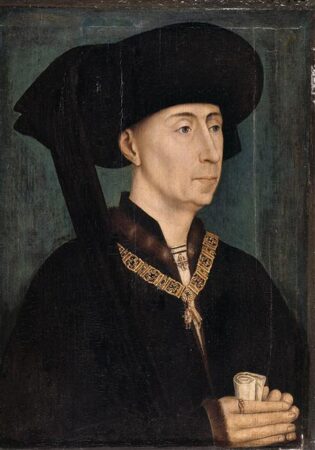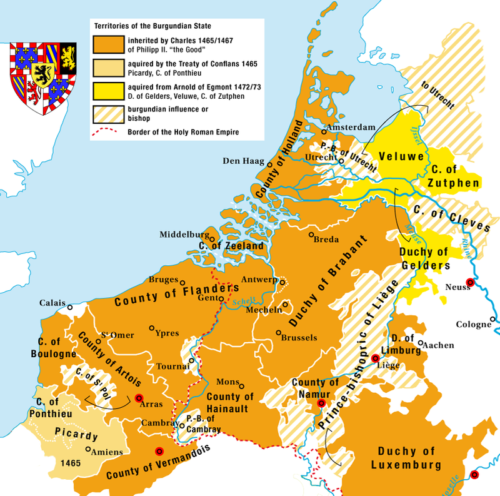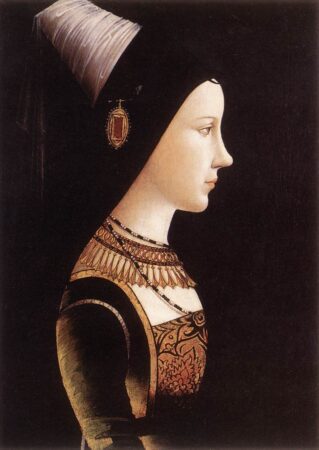Puberty
The increasing importance of Antwerp became evident in the first amendment of the Charter of Kortenberg in 1332 when the city’s representation was increased by a second member of the 16 in total (Brussels and Leuven had 3). The city’s favorable position for maritime trade had already been recorded from the year 1070 when it was the only one from the Duchy of Brabant referred to in a document recording the toll tariff of the cities of Flanders conducting trade transactions in London and Koblenz on the Rhine.
Its main exporting industry, cloth production would profit even more with the growing tension in Anglo-Flemish relations in the first half of the 14th century. (Flanders was England’s main source of linen after the outbreak of the Hundred Years’ War between England and France).
Things would drastically change when John III, Duke of Brabant died in 1355 in Brussels after previously having lost his two surviving sons that were destined to inherit his realm. His daughter Joanna became Duchess of Brabant tickling the expansionist views of Louis II of Flanders who had married her younger sister Margaret and considered himself Duke of Brabant by the right of his wife. In 1356 Louis II’s forces overrun the Duchy of Brabant forcing Joanna to cede Antwerp along with Mechelen (Malines in French) to Flanders.
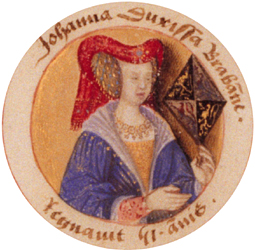

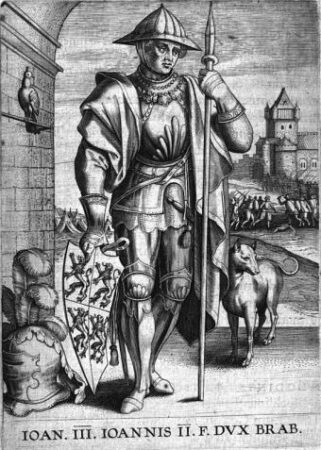
It became immediately clear that Louis wanted to break Antwerp’s recent rise and make the city dependent on Flanders and Bruges. Many products that until 1358 passed through the port of Antwerp which had until then obtained their extremely profitable stapelrechten (rights as the first seller) passed to Mechelen starting a rivalry that would last well into the 20th century.
Antwerp’s role as a regional trading center was limited to the annual fairs which to a great extent were controlled by the merchants of Bruges as branches of their markets. The gains of Bruges translated into economic and demographic stagnation for Antwerp, despite the increasing popularity of its fairs to English, Venetian, Dutch, and South German merchants.
In less than 50 years however the political & economic tide would turn this time in favor of Antwerp. In 1406 the city gets reabsorbed by the Duchy of Brabant & starts booming while the rival port of Bruges starts silting up. In 1430 a new tectonic change would place Antwerp and the Duchy of Brabant under the rule of the Burgundian Prince Philip the Good who inherited the title upon the death of his cousin Philip I (he had reigned as Duke of Brabant since 1427).
Fifty years later at the death of the Burgundian Duke Charles the Bold the Duchy passed to the Austrian House of Habsburg through Charles’ daughter Mary of Burgundy after her marriage to Archduke Maximilian of Habsburg, son of Emperor Frederick III.
